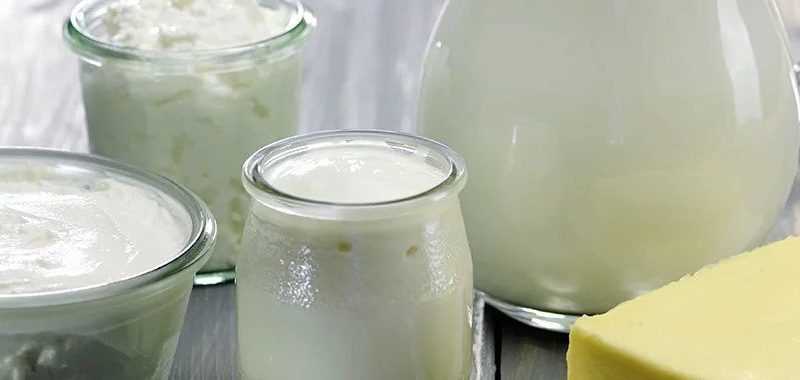The dairy industry is a massive business in Britain, making up a core part of our overall food processing industry. Given its highly perishable nature, dairy is amongst the food groups that requires careful management of supply chain logistics in order to effectively prolong its lifespan, guaranteeing continued freshness by the time it hits supermarket shelves.
The impact of the dairy industry

As with much of the food processing sector, temperature control is a vital component to the smooth running of the dairy industry. As a nation, the UK drinks around five billion litres of milk each year – the rough equivalent of 2000 Olympic-sized swimming pools. A further 7 billion litres of milk is used in production of other dairy products like cheese, yoghurt, butter and dried milk powder.
These dairy products are notorious for their highly perishable nature, so streamlined collection and transport right from the farm is essential. Without this, harmful bacteria can grow and flourish, rendering the products useless for retail to the general public. Our recent blog went into detail regarding the importance of the cold chain in transport refrigeration, and these same rules still apply to transportation in the dairy industry.
From cow to cup – organising milk and dairy transport

When the cow first expresses the milk, it’s at a temperature of around 38oC. Since this is the optimum temperature for bacteria to grow (bacteria counts double once about every twenty minutes at room temperature), farms take steps to chill the milk to 4oC as quickly as they can. It’s then stored for an absolute maximum of 48 hours – a milk tanker calls at the farm either daily or every other day in order to collect the milk. Once a thermal reading has been taken by the driver, the milk is transported in the HGV’s temperature-regulated tank to the processing facility, where it’s tested to make sure it’s properly free of bacteria before being processed into dairy products. The milk is homogenised, pasteurised, packaged and shipped – generally, it’s on shelves around two days after it leaves the farm.
Here is where the importance of the cold chain comes in once again, and chiller vehicles like ours are an instrumental part of maintaining it. The overall goal should be to minimise the time that milk and other dairy products spend on the road, in order to maintain maximum freshness for the consumers. As well as the use of temperature-regulated freezer and chiller vehicles, it also helps to streamline routes and encourage efficient driving techniques to further minimise travel time. The time taken, the distance, overall humidity, cost, forecasting and packaging are all pivotal considerations in developing a solid supply chain.
At CoolKit, we’re proud to provide the chiller and freezer vehicles that perform such vital functions in these supply chains. As well as new and used vehicles, we also stock conversion kits so that you can transform your own vehicles yourself.

